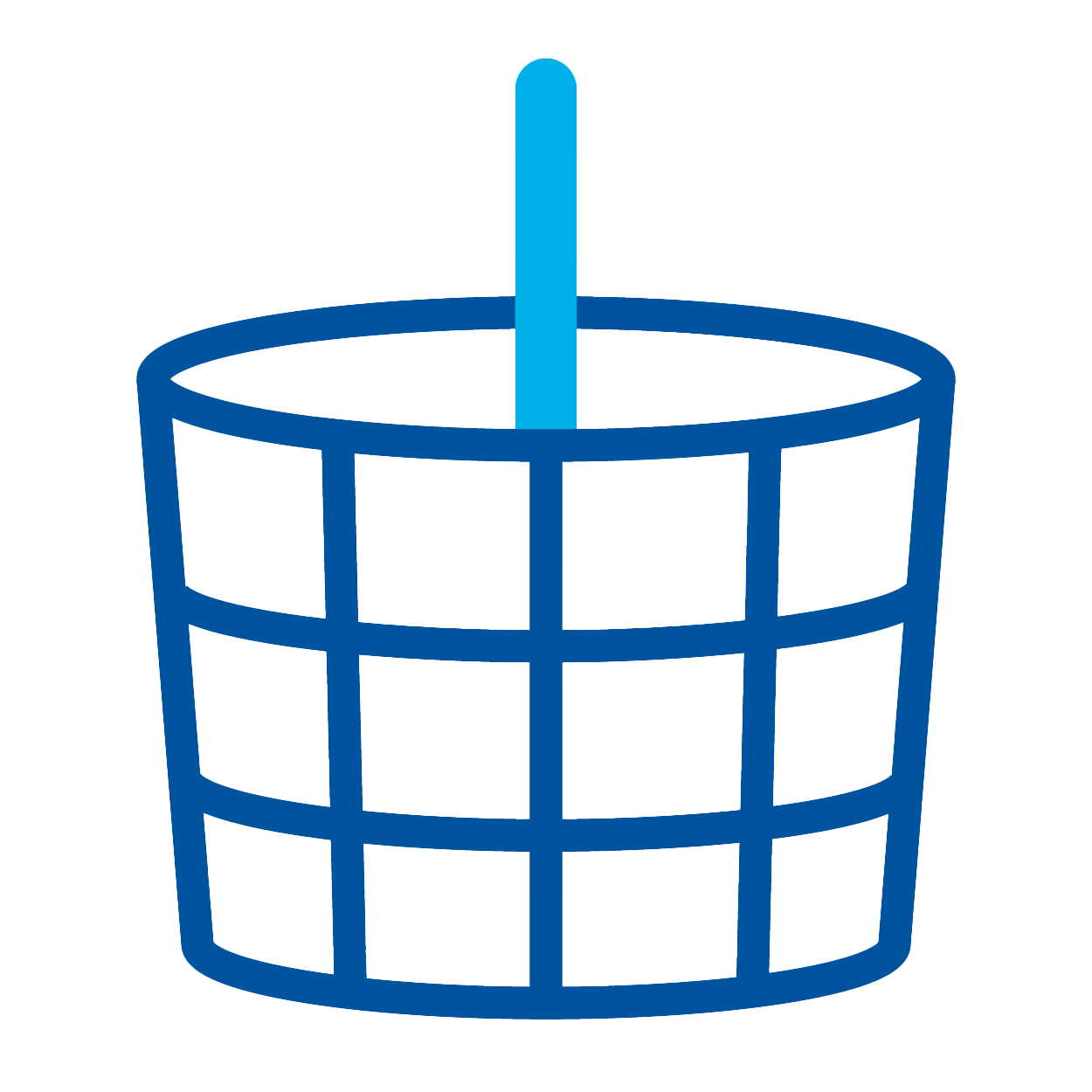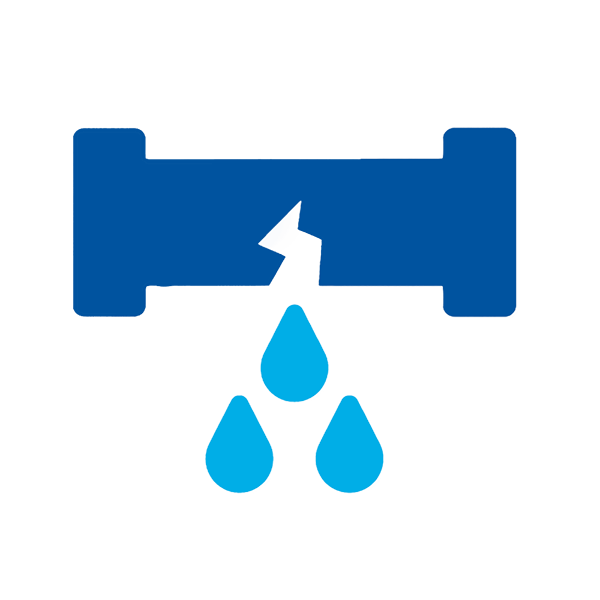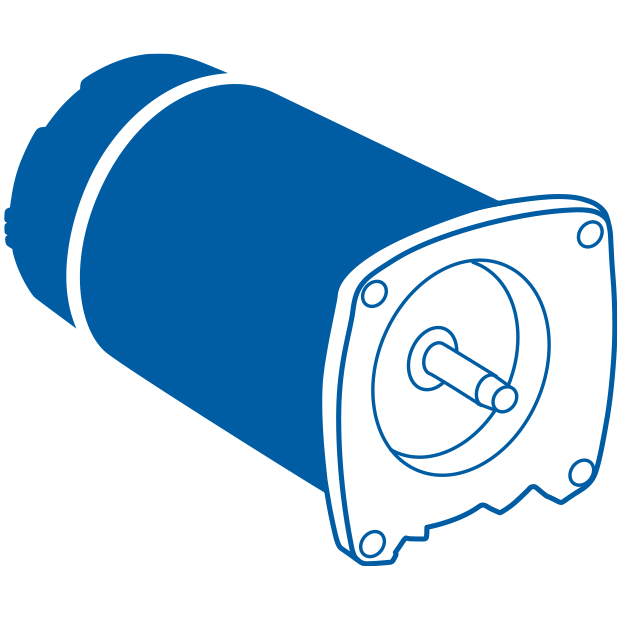Spring is just around the corner, which means it’s time to prep your pool for a summer full of fun, laughter, and relaxation. But before you can cannonball into crystal-clear waters, there’s one critical step you shouldn’t skip—pre-season pool pump maintenance. A well-maintained pool pump ensures your pool stays clean and your summer stress-free.
Whether you’re a seasoned DIY pool owner or a first-time pool enthusiast ready to roll up your sleeves, this guide has everything you need to get your pool pump primed (pun intended) for the season ahead.
Pre-Season Pool Pump Maintenance Checklist
Ensuring your pool pump is in top condition before the swimming season begins is essential for maintaining efficient water circulation and cleanliness. A comprehensive pre-season maintenance routine not only extends the lifespan of your pump, but also helps prevent unexpected breakdowns during peak usage. Follow this checklist to prepare your pool pump for a refreshing and trouble-free season.

Clean Strainer & Skimmer Baskets

Check for Leaks or Damaged Pipes

Inspect & Clean the Pump Impeller
1. Clean the Pump and Skimmer Baskets
Start by emptying out your pump’s strainer basket and the skimmer baskets. These baskets catch leaves, twigs, and debris that can block water flow. Rinse them thoroughly with a garden hose and inspect for cracks—replace damaged baskets to ensure proper filtration.
2. Inspect for Leaks
Examine your pump and surrounding plumbing for any signs of water leaks. Check the pump lid, O-rings, and seals for wear or damage, as even small leaks can impact suction and cause operational issues. Replace worn-out parts promptly.
3. Check for Proper Priming
If your pump isn’t primed correctly, water won’t circulate efficiently. Here’s how to handle both self-priming and non-self-priming pumps:
- For Self-Priming Pumps
Fill the pump housing with water using a garden hose, secure the lid tightly, and switch on the pump. Be patient—it may take a few minutes for the pump to pull water completely.
- For Non-Self-Priming Pumps
Follow similar steps but ensure the pump’s location is below the pool’s waterline for gravity assistance. If it doesn’t flow smoothly, you may need to flush air out of the system using a garden hose.
4. Lubricate O-Rings and Gaskets
Lubricating O-rings and gaskets prevents cracking and ensures a tight seal, reducing the risk of leaks. Use a pool-safe silicone lubricant, as petroleum-based products can damage the rubber over time.
5. Inspect and Clean the Impeller
A clogged impeller can drastically lower water flow. Turn off your pump, remove the pump housing, and check for obstructions in the impeller (like leaves or small pebbles). Clean it using a soft brush or cloth before reassembling.
By completing these five steps, you’re well on your way to a summer of worry-free swimming.
Troubleshooting Common Pump Problems
Even after thorough maintenance, issues can arise. Here’s how to address common pool pump problems:
- Pump Won’t Start: Check the circuit breaker, power supply, and time settings on your pool timer. If everything’s in order, the motor might need repair or replacement.
- Pump Overheats: Blocked air vents or high external temperatures can cause overheating. Ensure proper ventilation and run the pump during cooler periods.
- Pump Won’t Prime: Air leaks, low water levels, or a clogged impeller might be to blame. Double-check all components for tight seals and clear any obstructions.
- Low Flow: A clogged filter, impeller, or plumbing line can restrict water flow. Clean or replace worn-out components for optimal performance.
When to Call a Professional
While many pool pump maintenance tasks are DIY-friendly, there are times when professional help is invaluable:
- Recurring Issues: If troubleshooting doesn’t resolve the problem, get an expert opinion to avoid further damage.
- Major Repairs: Complex repairs like motor replacements or re-plumbing are best left to licensed technicians.
- Advanced Troubleshooting: Professionals can use diagnostic tools to pinpoint the root cause of persistent issues.
Need Help? Ask Leslie’s!
Whether you’re performing routine pool pump maintenance or troubleshooting a myriad of issues, you can breathe easy knowing you have Leslie’s in your corner. As a trusted repair center for most major pool equipment brands, we’ll help you keep your pool equipment running with maximum efficiency. From our array of at-home services — including new equipment installations — to our complimentary in-store services like free pool cleaner inspections and free in-store repair labor, we’ve got you covered. Call or stop by your local Leslie’s today to learn more.







